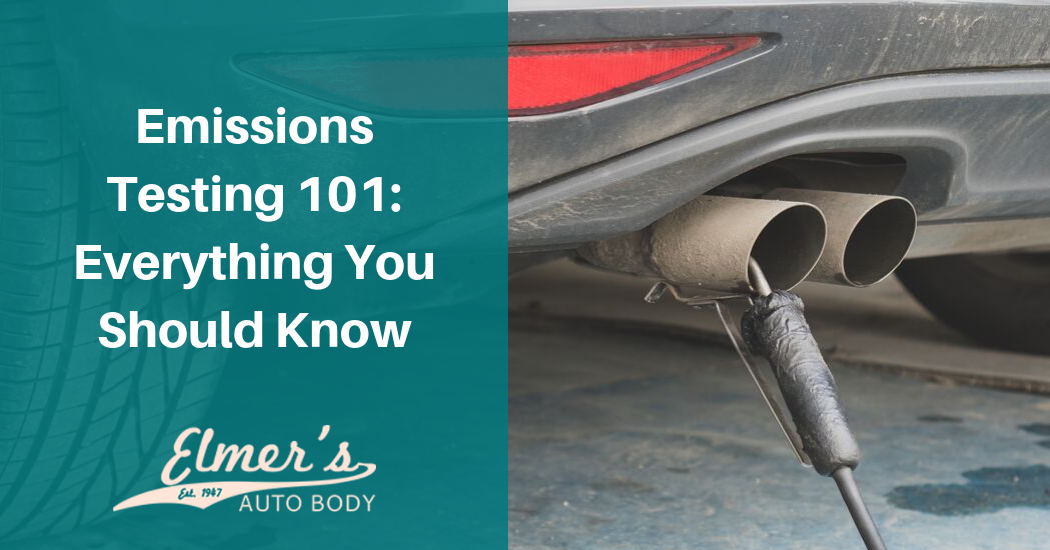Emissions Testing has been in existence since the state of California initiated the process in 1966. Subsequently, other states followed suit and required testing. There are 32 states that conduct inspections that have varying factors that influence an emissions inspection. Failure to pass an emissions test means making adjustments and repairs with follow up retesting.
Varying Factors Influencing Emissions Testing
There are varying factors that influence emissions testing through the states that currently conduct inspections. Those factors include:
- The age of the vehicle
- The type and weight of the vehicle
- The kind of fuel or power that a vehicle utilizes
- The kind of use the vehicle engages in, which require yearly inspections
- The local area as whether urban or in a particular zip code
- The registration of a vehicle whether in or outside of a state
Emissions Testing Specifications
States involved in vehicle emissions testing determine their own terms and conditions. Testing usually consists of detecting for levels of:
- carbon dioxide
- carbon monoxide
- hydrocarbons
- nitrogen oxide
- emissions concerning evaporation
Differences in Emissions Testing and Vehicle Safety Inspection
These two operations are usually separate in nature, but various state emission and vehicle safety inspection locations may have available equipment to perform both procedures.
Cost of Emission Testing
Again, the cost for emissions testing differs from state to state. Most costs can be anywhere from $15-$25. Vehicles that require yearly testing pay lower fees.
Emissions Test Failures
There are states that offer free retesting if a an initial test is failed. With states that do require emission testing, a vehicle has to go through a repair process in order to fulfill emission requirements. Assistance with repairs for lower-income individuals is made available, in some states and under certain instances, and waivers may also be given under certain circumstances.
Testing Failure Causes
- Fuel Mixtures – There are any number of mechanically related problems that can cause the release of pollutants. Mechanical issues can cause a vehicle to release excess pollutants. As an example, rich fuel mixtures can heighten the release of higher levels of carbon dioxide.
- Air Injection – A faulty air injection system can also lead to the release of higher levels of hydrocarbons and even carbon monoxide.
- Spark plugs – Worn spark plugs can cause increased gas emissions. They should be inspected and replaced when necessary.
- Gas cap leakage – A leaking gas cap seems trivial but it can cause emission test failure If leaks are emanating from yours, replace it with a sealed one that has a secure seal.
- Check Engine light – A malfunctioning check engine light can cause an emissions test failure, even when every other test has been successfully passed. The check engine light is an indication that the OBD-II device has found a failure or flaw in a the emissions control of a vehicle.
- Unclean air filter – A dirty air filter can contain elevated hydrocarbons that can cause it to be clogged. An air filter is another part that requires cleaning and replacing if necessary.
- Catalytic Converter – A catalytic converter should be inspected before any emissions testing is performed. If it is damaged, toxic gases will not be converted from harmful to those that are not dangerous to the environment and public health.
- EVAP or Evaporative Emission Control System – If this system is malfunctioning, vapors from the gas tank will pollute the environment. The cause of this is usually attributed to hoses or vents that are leaking.
Other Problems Concerning Emission Testing Failures
- oxygen sensor impairment
- ignition system flaws
- vacuum system leaks
Repair Costs for Emissions Problems
Any repair costs that involve remedying emission problems are going to depend on the actual vehicle make and issues with the vehicle. Transmission related repairs could run in the hundreds of dollars, or even into the thousands, while a single replacement, such as an oxygen sensor could run around $100.
Diagnostic Testing
Diagnostic testing can be performed by a qualified mechanic, which should reveal what failures were noted in previous emissions testing. A mechanic will have to have the necessary tools and expertise to determine whether the problems lie. Also, an individual vehicle owner can also use a diagnostic program tool but most of these monitoring devices are only set up to identify a problem, not completely solve it.
Maintenance is a critical issue when it comes to emissions testing. If you take care of and maintain your vehicle before any testing is performed, you should be able to pass the various emissions testing monitors. It is important to have a professional mechanic take a look at your vehicle to determine if repairs or replacements are needed before any emissions or safety inspections are completed. If you are uneasy about an upcoming emissions test or inspection and need answers to your questions about the process, complete the online contact form, and an expert will get back to you as soon as possible with those answers.

